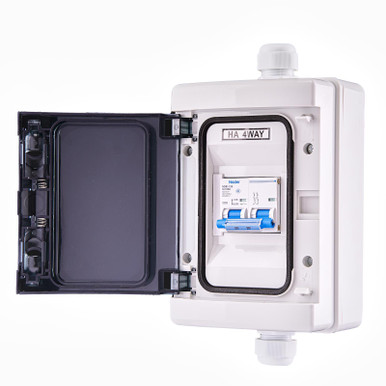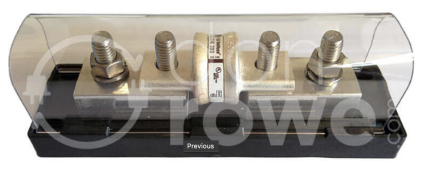I didn't read it that way, but instead, that it didn't provide for the lower voltage.
So, I emailed them, they said just that, their reply below, I don't know if it pans out.
Calculation formula for short-circuit current
Isc=V/R
V= Voltage
R=resistance (Resistance needs to be calculated based on your equipment and cables)
The smaller the voltage, the smaller the short-circuit current, and the 12V-30V battery cannot reach the breaking current due to short-circuit
48V
Isc=48/(0.1~1)
So I asked, "So are you saying that it doesn't have short circuit protection at 12-30V, but it does above 30V?"
and they replied:
Yes, when the resistance is relatively small, 48V/0.1(resistance) 480A>300A So it can be protected






